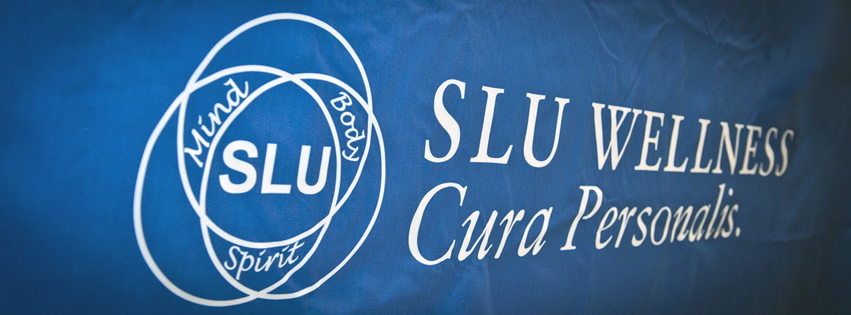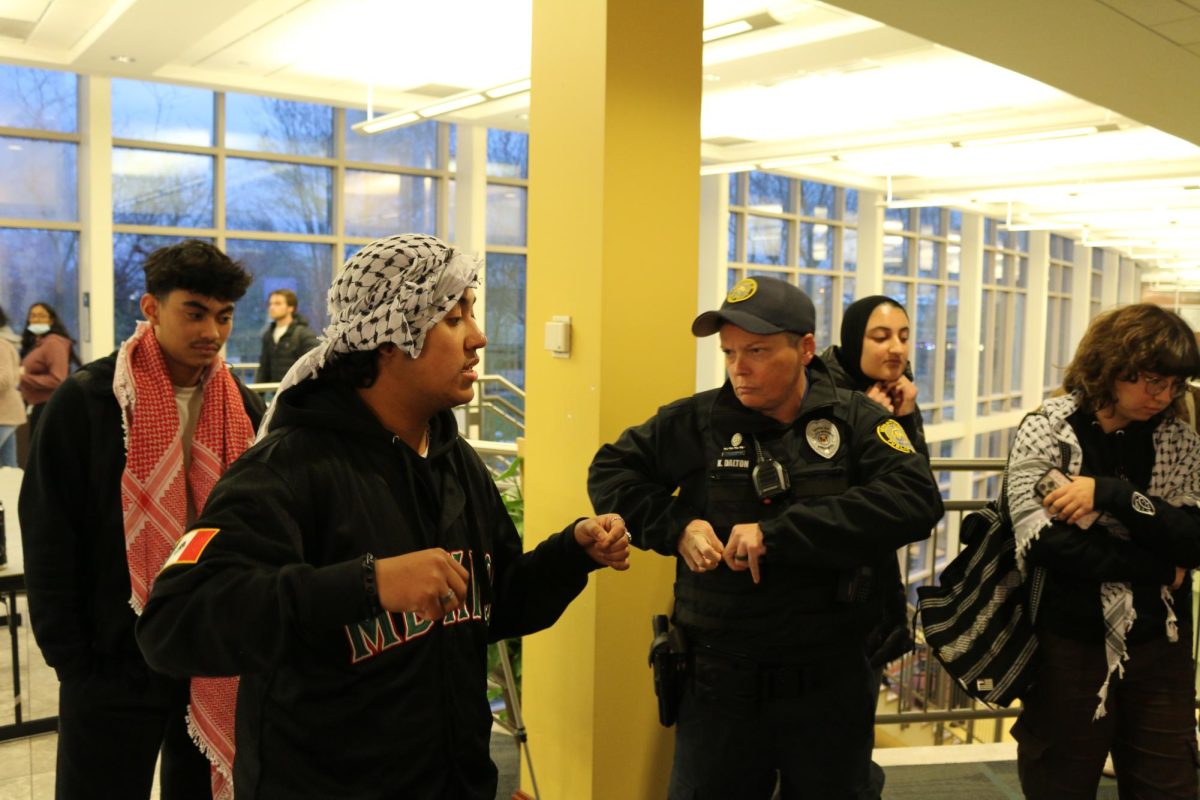A look at on-campus measures for mental health awareness
The United States recognizes September as National Suicide Prevention Month. The week of Sept. 6-12 serves as National Suicide Prevention Week, and the cause takes on global significance through the International Association for Suicide Prevention’s (IASP) World Suicide Prevention Day, on Sept. 10. The week-long campaign has been observed since the 1970s, while the IASP initiated Prevention Day in 2003, according to Dr. Ella Arensman, the association’s president. On Sept. 10, the theme for the day was “Preventing Suicide: Reaching Out and Saving Lives”.
Accordingly, outreach figures prominently in the campaigns and messages put forth by organizations tied to mental health and suicide prevention. To Write Love on Her Arms, a non-profit “dedicated to presenting hope and finding help for people struggling with depression, addiction, self-injury, and suicide” (and whose founder, Jamie Tworkowski, visited SLU in 2011), promoted the theme “We’ll See You Tomorrow”. The National Alliance on Mental Illness stressed that “One conversation can change a life.” The non-profit Active Minds built on the theme of “Silence Hurts Us All.”
The Center for Disease Control cited suicide as the tenth leading cause of death in the United States in 2013. Based on data from the same year, 17 percent of American high school students “seriously considered attempting suicide.” On a global scale, the World Health Organization estimates that more than 800,000 people commit suicide each year.
While mental illness has largely emerged from its former realm of pure taboo and mystery due to 20th-century advances in psychology and psychology; it retains a seemingly unshakeable degree of stigma, a reality to which the aforementioned organizations’ campaigns attest and respond.
Localized communities —universities in particular—could provide some of the most significant impetus for progress on this front. St. Louis University serves as a prime example of such efforts.
In 2006, upon Dr. Kent Porterfield’s appointment as Vice President for Student Development, a Newslink announcement said that, while at Northwestern, he had “improved student health services, leading an upcoming $1.5-million student health center expansion.”
Nine years later, Porterfield acknowledges the “increasing number of college students struggling with serious mental health problems and the impact this has had on student support services and counseling centers at colleges and universities across the nation. This trend actually began in the early to mid-1990s.” Survey data, he explained, reveals that college students commonly suffer from depression, anxiety, suicidal ideation, substance abuse, eating disorders and self-injury. The anxiety and hopelessness these students may feel interferes with their studies and daily life. “We have seen this same trend at SLU,” he said.
“There has been an increase in awareness, screening and prevention programs on many, if not most, college campuses, but there is more to be done in this regard,” he said. “At SLU, we have significantly expanded student health and counseling services over the past nine years.” Other efforts include forging ties with the Partners in Prevention coalition and the Partnership for a Healthier America, as well as developing wellness initiatives.
However, in Porterfield’s view, the most crucial source of help students struggling with depression or mental illness can find is in each other. “I think our peer education programs (students teaching students) are among the most powerful and potentially impactful ways we can foster awareness and education about the mental health issues that challenge many of our students.”
Arathi Srikanta, program director of the Student Health Center, works at the helm of these wellness-based programs. A staple of her Center is suicide prevention training for students, faculty and staff. This training, she says, instructs on “how to respond to students who come to you saying things like, ‘I don’t know if I want to live anymore,’ or ‘I feel like I can’t handle x, y, or z … and I want to die,’ or whatever it might be.” Services also extend to veterans.
In response to National Suicide Prevention month, she has planned social media outreach, has invited mental health experts to speak at SLU and has initiated a partnership with the aforementioned Active Minds.
“I like to have events where the counselors come to them, and that way their faces are familiar … It normalizes going to therapy for things like that,” she said.
Gradually, she says, mental health has gained valuable ground in education. “This is something that before … I don’t think universities had to handle as much, and now we are seeing more of our students coming in with mental health issues and we have services we can give them … I think students are attracted to campuses [where] they can get those services.”
Michelle Jaques, a doctoral student in the clinical psychology graduate program, works under the supervision of a licensed psychologist in the University Counseling Center. “Suicide is an extremely important issue that we constantly assess for in the mental health field,” she said. “It is important in my role as a clinician to screen for suicide risk and provide resources for everyone.”
The students she treats seek help with adjustment to college, stress and anxiety management, family and relationship concerns, depression, time management, and academic concerns. Her understanding serves as a call for attention to the people around you: “Unfortunately, there is a substantial amount of stigma still attached to the mental health field. This stigma has certainly improved over time, however, many people are still hesitant to get help when they need it.”






